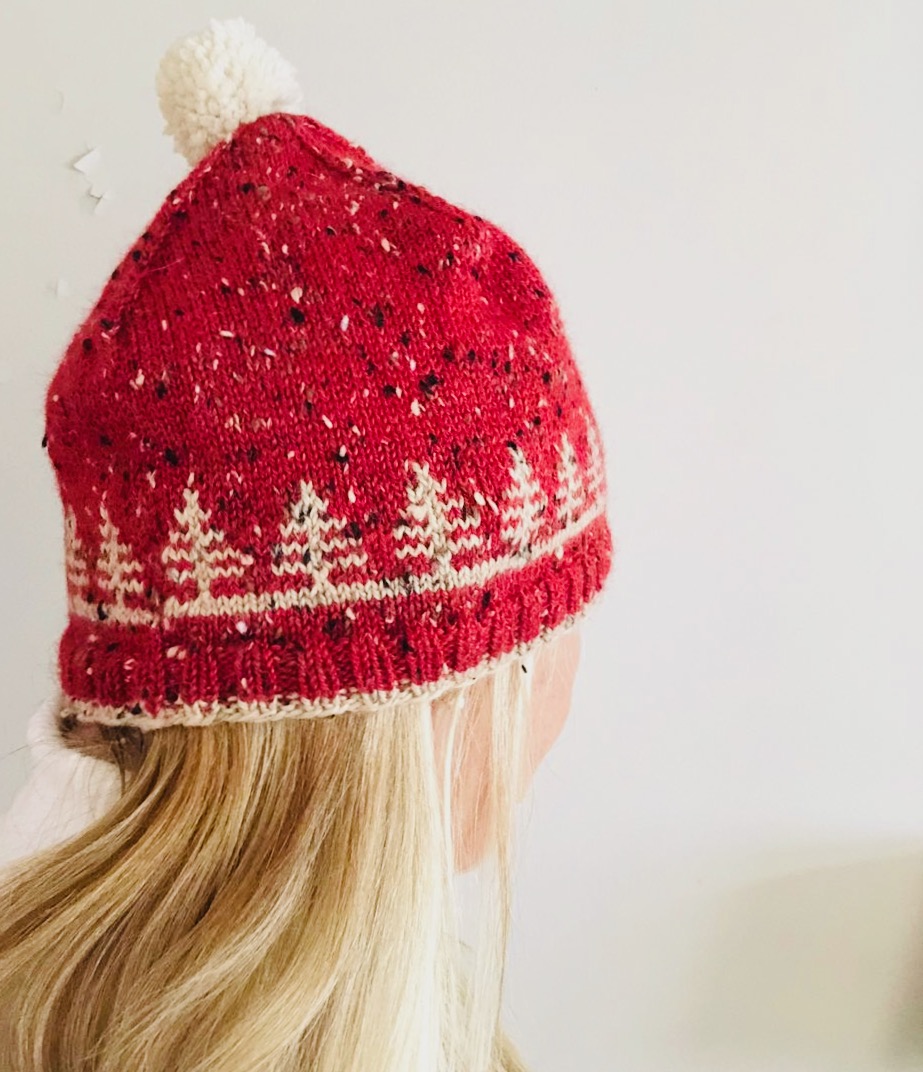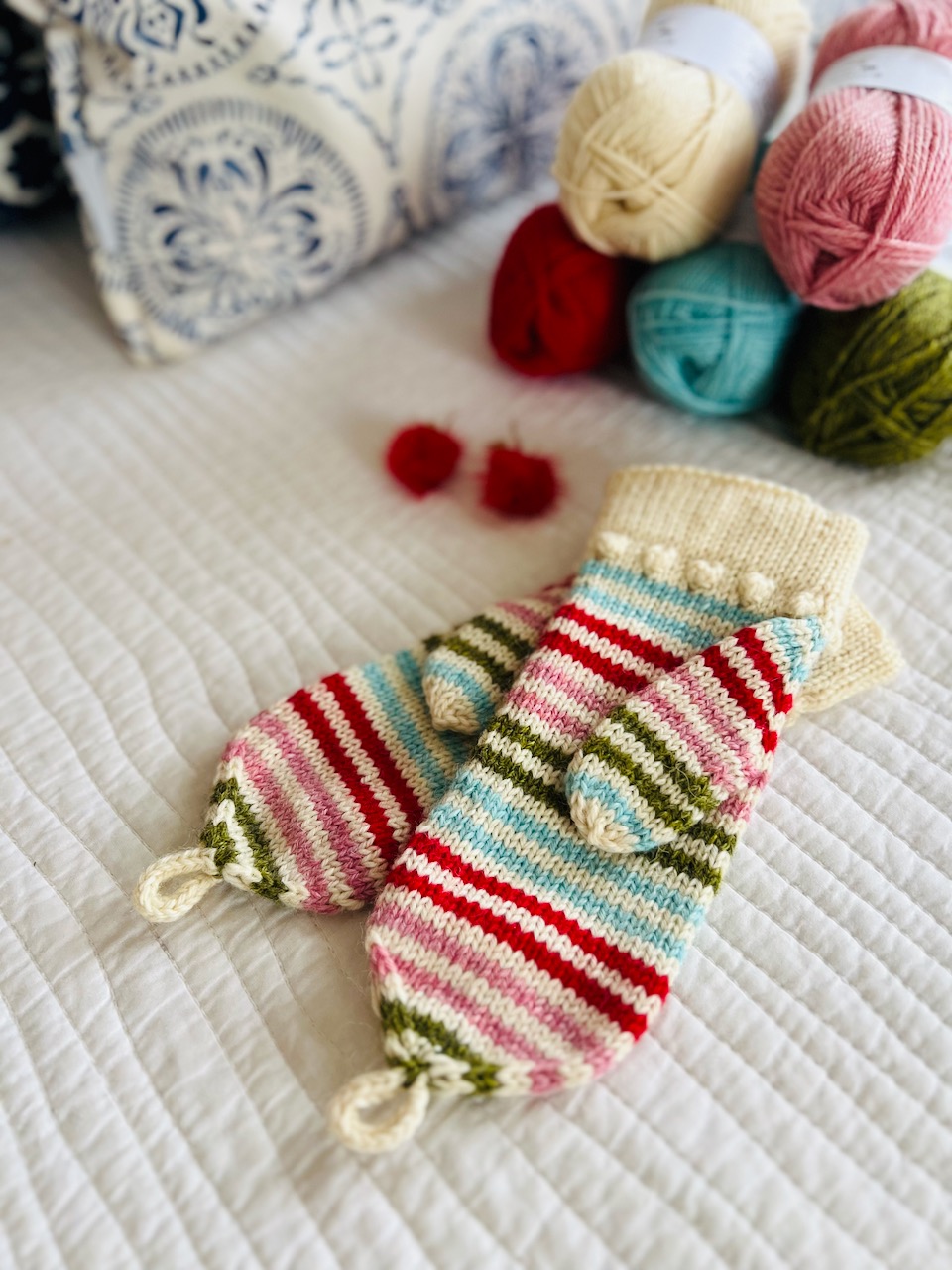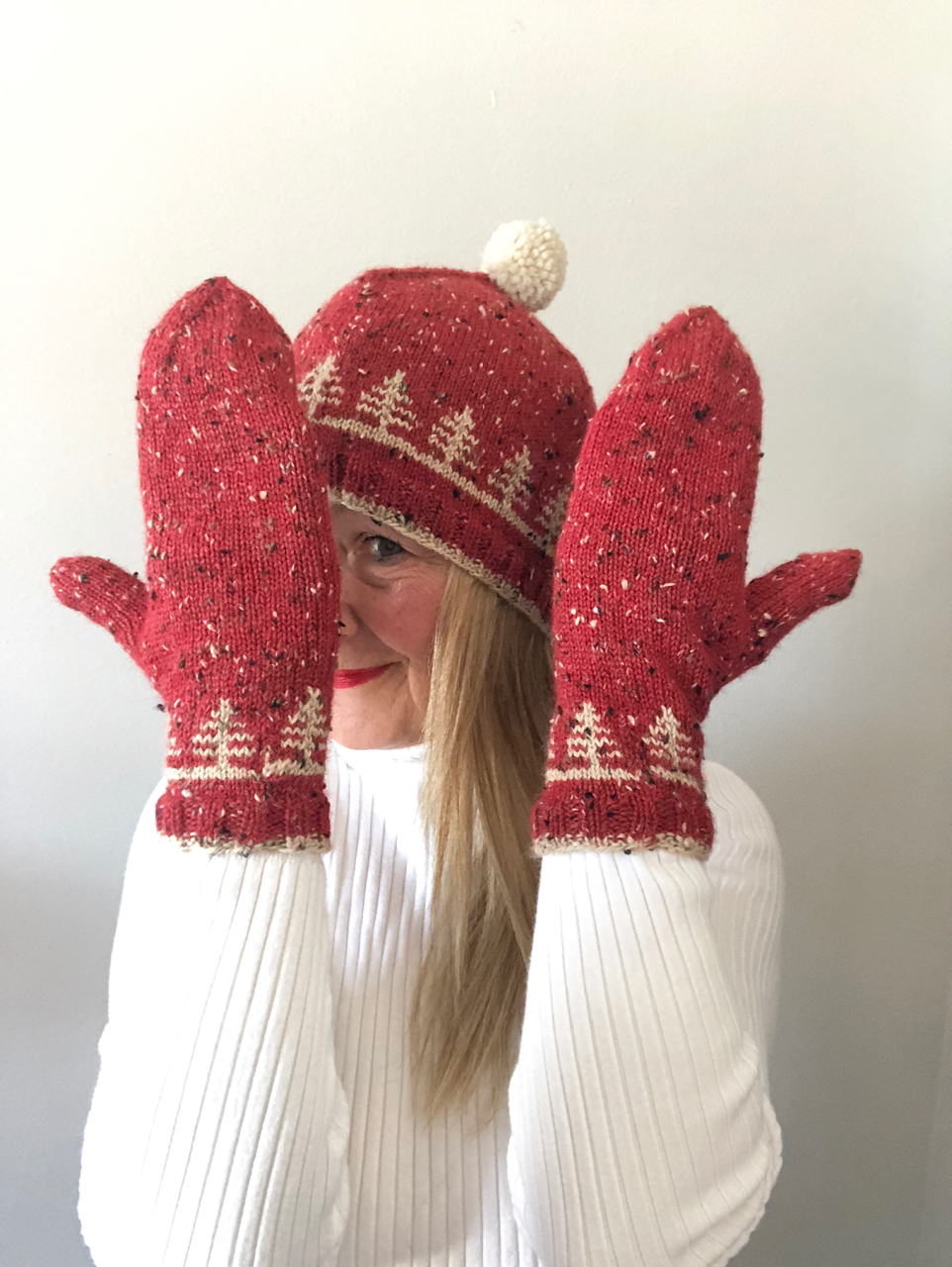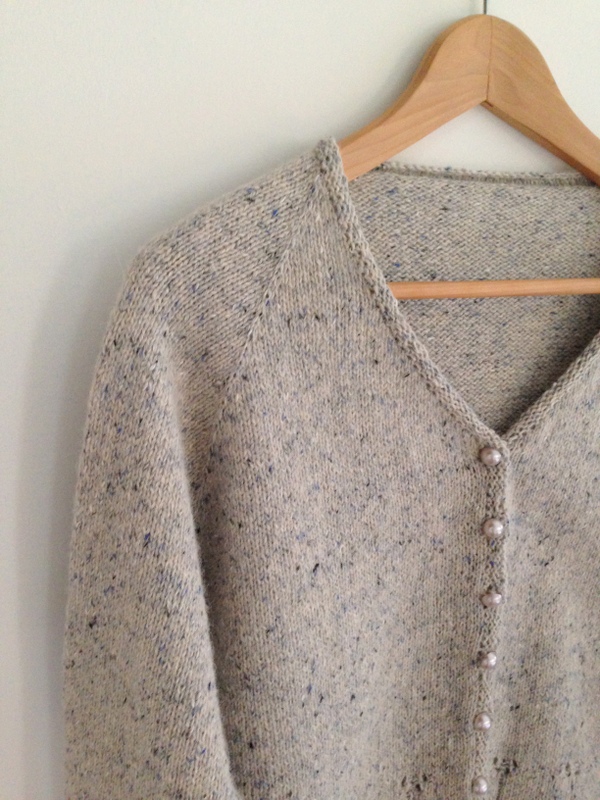It’s got to be one of the most vexed issues in knitting, how to join a new skein of yarn. To knot, or not to knot…that is the question. There are several ways this can be accomplished and a couple of them really do involve knots!
The ‘My Friend Chris’ Method
My friend Chris of Cake Tin Hats showed me this cool hack one Saturday afternoon while we waited for a lecture to start. It takes a little practice, but once you’ve got it, wow! It is virtually undetectable, strong, and there’s no weaving in of ends. Here’s a video which does not feature my friend Chris. In fact, the technique is know in actual fact as “The Flawless Join” but in my mind, it will always be known as “Chris’s Nifty Knot”.
The ‘Magic Knot’ Method
 Here’s another type of knot that can be used to join yarn. Once again, no ends and it barely shows. If you can manage to work it into an unnoticeable part of your work, so much the better, and it’s wise to double-test your knot for strength. Here’s a handy video from WEBS.
Here’s another type of knot that can be used to join yarn. Once again, no ends and it barely shows. If you can manage to work it into an unnoticeable part of your work, so much the better, and it’s wise to double-test your knot for strength. Here’s a handy video from WEBS.
‘Cheryl’s Method’
This is the method I’ve used for years; it is extremely easy. It falls somewhere between knotting and not knotting and is achieved thusly:
- Work up to where you want to add the new yarn. Work the last stitch and drop the old yarn.
- Pick up the new yarn and knit a few stitches.
- With the old and new yarns, tie a single knot and a bow, just the way you would if you were tying your shoes. If you’re using circular needles, you’ll want to do this while your stitches are on the needle tips, not on the cable, since the whole idea is to maintain the existing stitch tension. Later, you can go back, undo the bow and weave in the ends.
It ain’t fancy, but it works. As with all joins, you’ll want to be careful where you choose to start a new skein.
EZ’s Way
Brilliant in its simplicity and functionality…of course. From “Knitting Without Tears”…
Do you tie in your yarn? Heavens, a KNOT? Let me put an end to this catechism and tell you that I join in a new ball of wool, always, by working just one stitch with both wools together, the old and the new, leaving 3″ tails hanging down on the wrong side. These are later darned in lightly for about and inch, with a large sharp needle, and snipped off. And I defy you to tell from the right side where this was accomplished. A perfectionist may take out one of the ends from this double stitch, make half a square knot with both ends, adn darn in lightly as above, after checking the tension carefully on the right side.”
The Back Join
Popular with some perfectionists, the Back Join works in tails as you go and so requires no weaving in later. It involves interlocking old and new strands and is most often used in circular knitting when more than one color is in use. I’d explain this method myself, but I doubt I could present the technique as well as TECHknitting has HERE.
The Overcast Method
Once again, this is a great way to weave in ends as you go, making it handy when working with multiple yarns. I first noticed this method when I had a bug to make the popular “Fox Paws” by Xandy Peters. She’s created a pretty good video about how the Overcast Method can be worked. Find it HERE.
Spit Splicing
Gaaaaah! Way too fiddly…never going to happen. Spit splicing only works on animal fibers, not on plant fibers or synthetics. Craftsy presents the technique well in this tutorial.
These are all great methods depending on the project. I think it’s safe to say that successful joining of skeins really rests on where you choose to place the join. There’s no substitute for thinking it through. Look ahead to where you’ll weave in ends if there are any, and certainly, be sure that any knots or woven ends do not distort the edge or profile of whatever you’re knitting.





















gladeridercrafts
I started darning in ends while I knitted as though the ends are floats in colourwork (can you tell how much I dislike darning yet?)
Little Church Knits
Great! I believe that is the Overcast Method. Handy, isn’t it?